
Understanding Guitar Grounding
Practicing your guitar makes you a better guitar player. Understanding guitar wiring makes you a better Tone Wizard. And, properly grounding your guitar’s electronics makes your guitar as quiet as it can be. In today’s article, we will delve into the world of grounding: The basics, common myths, and best practices!
THE BASICS
A Ground (or Earth) connection is a term that relates to a multitude of topics related to electrical engineering. For our intents and purposes, a proper Ground connection is an essential part of your guitar’s wiring. A Ground Connection connects every piece of metal on your guitar and acts as a return path to the amp. In part, the Guitar’s Ground Connection helps remove unwanted noise, and is essential for safety – It allows electricity to travel safely to the amp to dissipate.

Your guitar is surrounded by many things that emit or produce EMI, or electromagnetic interference. Look around you – you’re probably in front of a computer, near some lighting, and most likely close to some electrical lines.
These are all sources of EMI, and there are thousands of them all around us. Your guitar will pick up a multitude of these. However, if you properly ground your guitar, you can get your guitar as quiet as it can be (single coils will still hum), and not introduce sound via improper grounding.
GUITAR GROUNDING MYTHS
There are a few Guitar Grounding Myths that we want to dispel:
MORE IS BETTER:
Definitely not. Proper grounding means it only needs to connect correctly to the ground once. Grounding items multiple times creates a few problems. For one, using wire to ground a series of pots in a circle creates a one-turn coil. If you’ve checked out our article on humbuckers, then you know that EMI usually enters the coil, not through the magnetic field. Creating a loop of ground connections will introduce noise into your signal.
Take a look at the following images. You’ll see an incorrect and proper way to ground a Gibson Les Paul®.
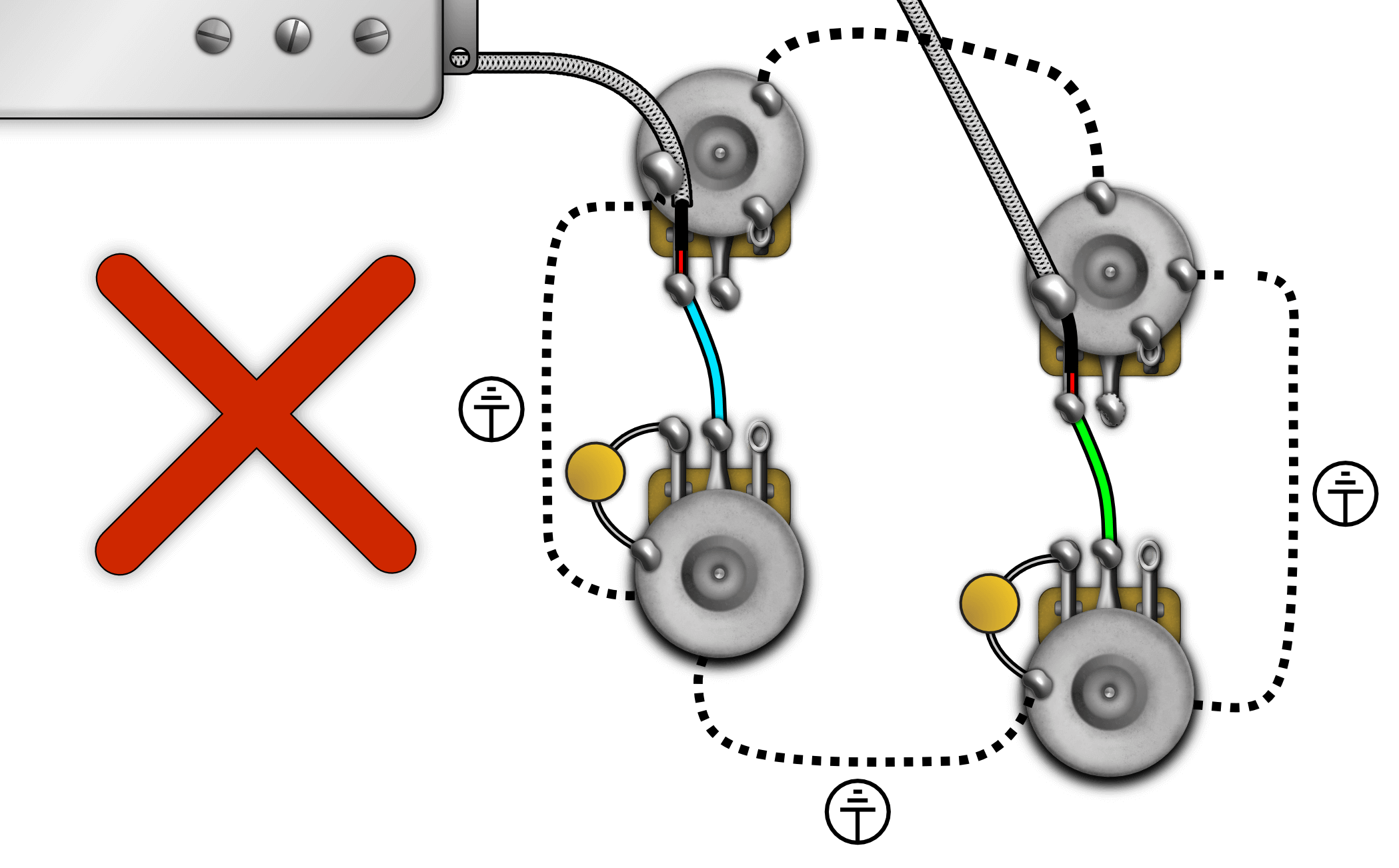
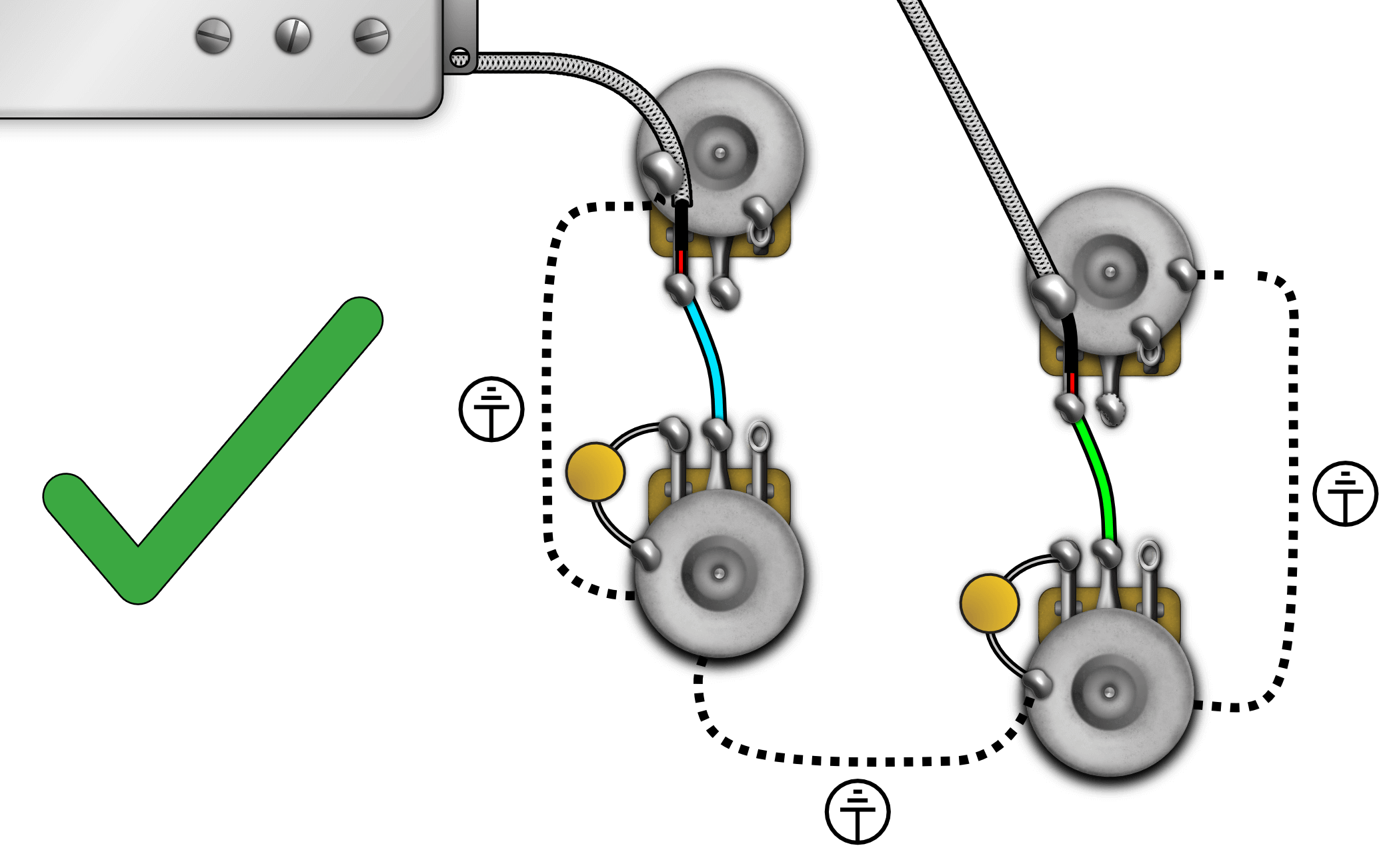
YOU GROUND OUT THE STRINGS
Grounding your strings is essential for having a quieter guitar. If you’ve ever noticed your guitar’s noise gets quieter when you touch the strings, you might have thought your body grounds your guitar’s parts. You’d be wrong if you did. It turns out, a human being makes a pretty good EMI (Electromagnetic Interference) antennae! Your body is an antenna for all sorts of EMI, so when you touch your guitar strings, the guitar is grounding you! Pretty cool, right?
“STAR” GROUNDING: GOOD OR BAD?
Star Grounding refers to the method of grounding that connects all grounds to a Single Point. For example, think of the back of a Strat Volume Pot: It tends to be a central hub for ground connections. Some electrical engineers state that Star Grounding doesn’t make a difference, but Lindy prefers this method. His reasoning? All ground connections connect to the output jack sleeve anyway. Also, it’s harder to create a ground loop by practicing Star Grounding.
BEST PRACTICES
CONNECT EVERYTHING, BUT CONNECT IT ONCE.
Take a look at the following image of a Strat – notice how each part connects to ground once. Notice any jumpers? The Shielding on the back of the pickguard is connecting everything. If you were to add jumpers between pots, you’d be creating a “Ground Loop,” and introducing noise into your circuit.
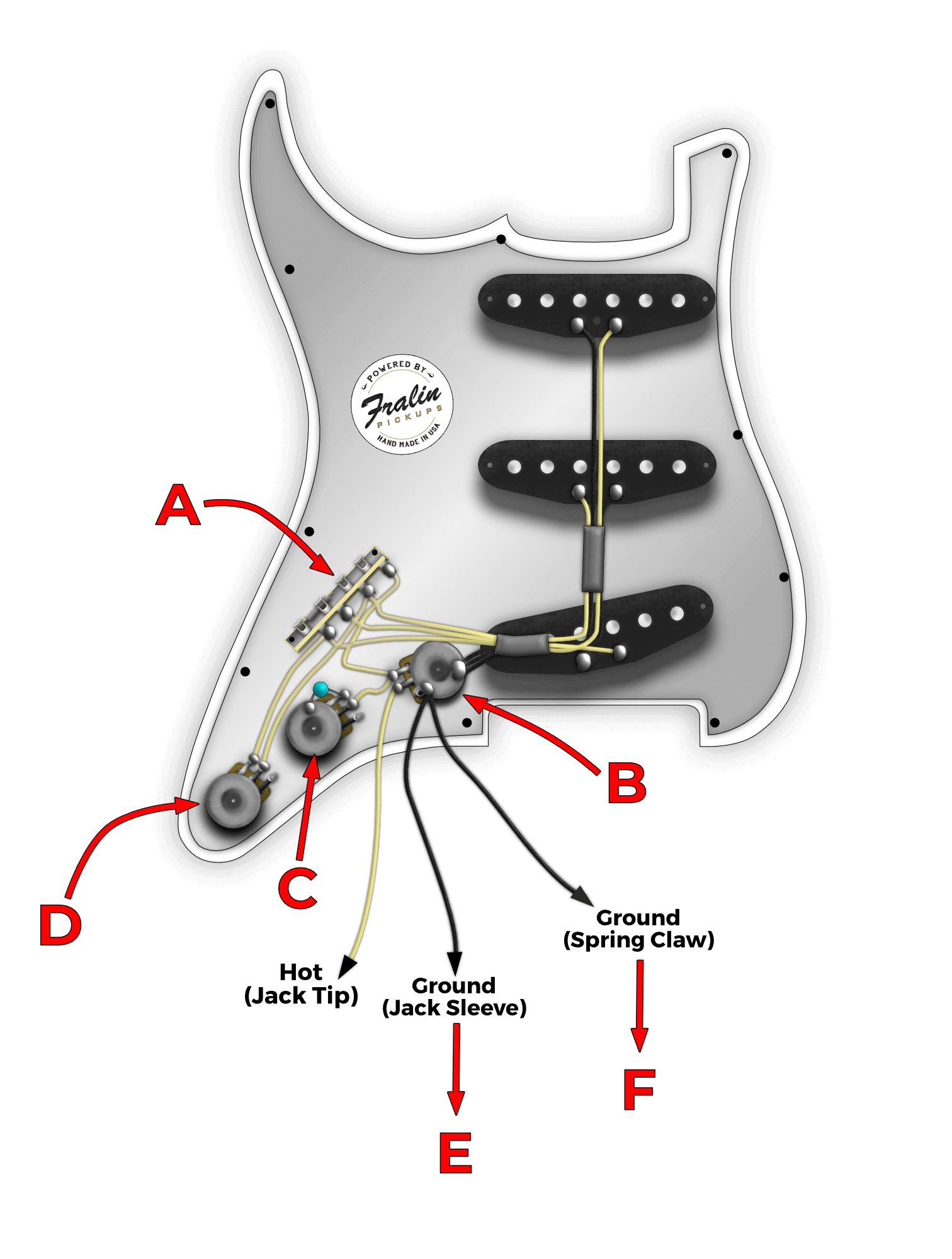
This is a method of “Star Grounding”. You can see that the Volume Pot is more or less a central hub for all points of ground contact. Adding more ground jumpers to the parts will create more ground paths, and introduce noise. However, there’s one main output – the Output Jack’s sleeve. If your pickguard does not have shielding: you’ll need to add shielding or jumpers to ground your guitar’s electronics.
PAY ATTENTION TO YOUR SURROUNDINGS
A lot of grounding mistakes come from not checking your surroundings. If your parts mount to a metal plate or shielding, chances are, they are already connected electronically. In this situation, running extra jumper wires would only over-ground your electronics.
The Telecaster Control Plate pictured below is connecting all electronics. By connecting only one ground wire from the Volume Pot to the Output Jack, you ground your parts thoroughly.
See below:
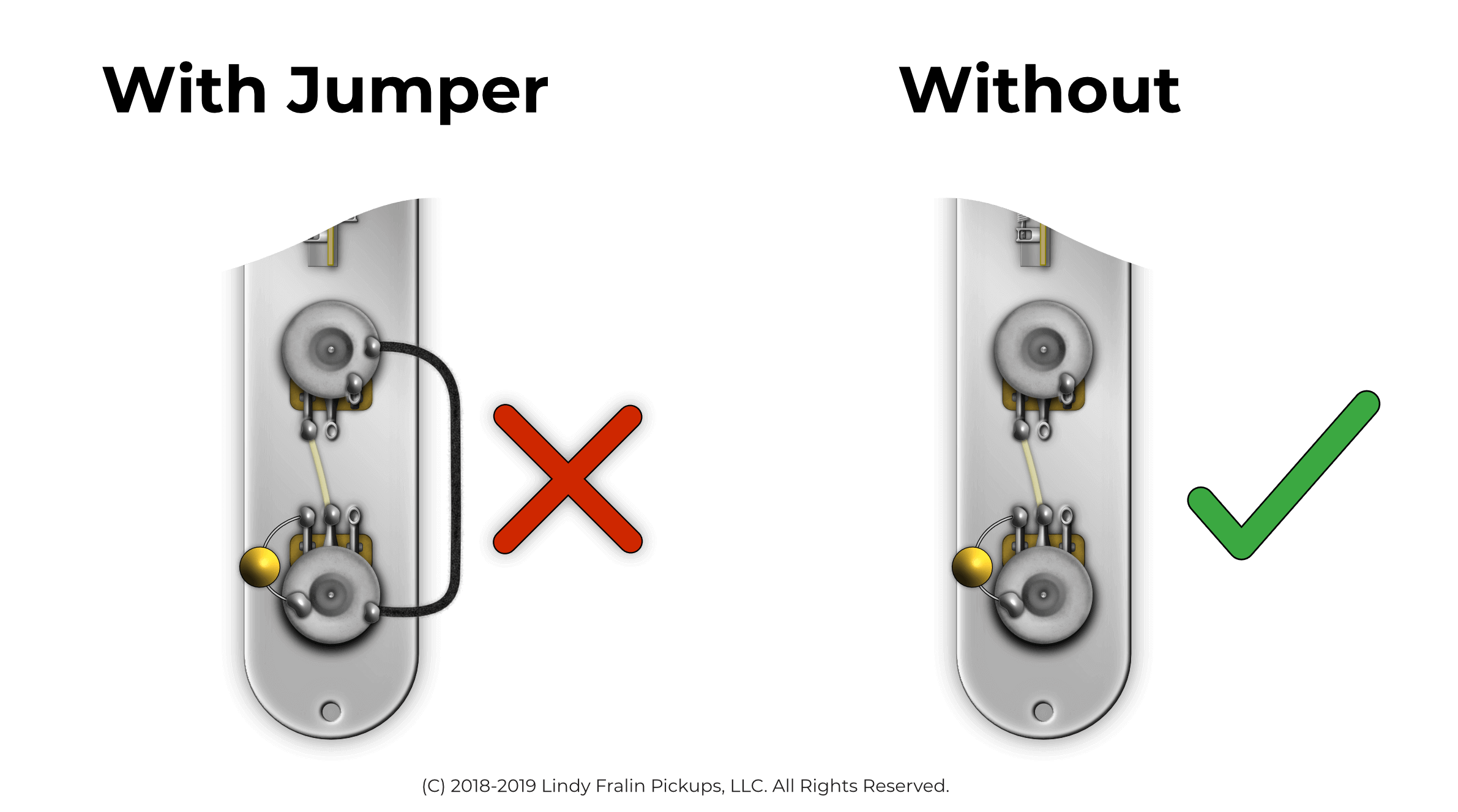
If your bridge pickup’s screws thread into the steel plate like ours do, then that should be enough to ground out your strings, since the steel plate connects to ground. Furthermore, double-check to make sure there are no stray ground wires wedged under the Saddle Plate.
HUNTING DOWN GROUND PROBLEMS
If you’re experiencing Ground problems on your guitar, there’s an effortless way to hunt them down. If you don’t own one already, invest in a Multimeter – you can purchase a decent one for $25. Follow the following steps here:
- With your guitar’s electronic cavities open, turn your multimeter to the D.C. Resistance setting, about 20K.
- Hold one terminal on the back of the volume pot, (B on the above strat pickguard image)
- Use the free terminal to touch every metal piece, and pay attention to the reading of the Multimeter.
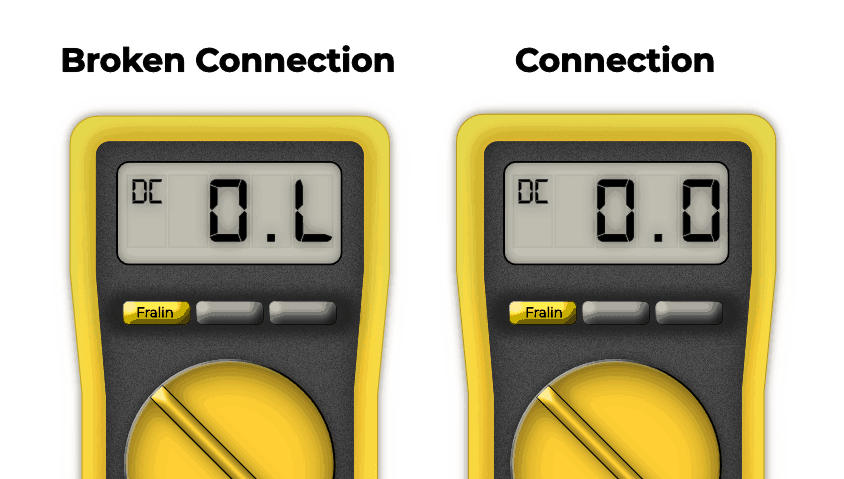
If your Multimeter reads “0.0”, you have a solid connection – there is zero resistance between the two parts. If your Multimeter reads “0.L”, you have a severed connection, and this is at least one of your problems. You’ll need to run a ground jumper to make sure the part gets appropriately grounded.
Note: Make sure you perform this on every part of the guitar, including the Bridge, Switch, and Output Jack Sleeve Tab.
Note 2: If everything checks out in your guitar, start looking at your cable. Check to make sure that your cable’s sleeve is correctly attached to ground.
Lastly, Note 3: If you have Shielding or Conductive Paint, make sure that there is a connection to ground.
That should just about do it for now! Grounding is very simple: make sure everything is grounded, but only once. Don’t overthink it!
Comments
81 Comments For This Post
Leave A Comment
Want to chime in to the conversation? Please do so! Please respect others.


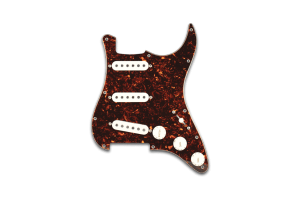
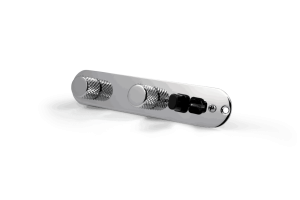
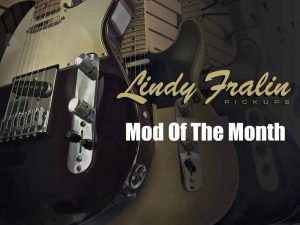
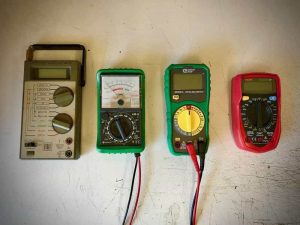
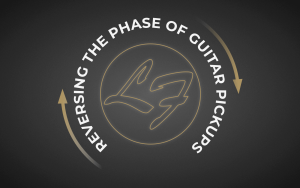

is it mandated coax use control cavity hot conductor runs?
it’s so short these lengths how could ambient interfere intrude?
the factory chose (very thin target) 28awg shielded single conductor, running from Jack to wiper volume, running from highleg volume to pss, and finally running from wiper volume to highleg tone via tone localized polyester cap (cap floats its one leg for soldering to coax signal, with cap’s other leg anchored “structurally” by soldering to highleg tone
the coax braid shield is ground. this imposes capacitance through which highs can penetrate this dielectric into ground braid (radially outwards from core filament)
it’s the same situation, same kind of highs lossiness, caused by stage coax runs to amp, sound darkens
Solution to cure everything : use no coax and instead use only shortest run of single conductor, type, pure 30awg silver solid wire using snug teflon tubing insulates, & teflon can be intermittent (omittance) at points for welding (both hot & earth groundings) on a single contiguous uncut conductor
the aim is to ultimately minimize signal exposure to environmental influx interferes, & it is accomplished by making the “targeted” as invisible as possible to adverse influx irradiate
ask, what about all those gigantic metal conducting hardware portions electrified by hot signal? These portions are relatively HUMONGOUS targets in comparison to silver 30awg runs
How is it possible to have a ground loop in a passive circuit? IMHO in a standard guitar start-grounding IS the myth – there is no difference in potential from different grounding points … and the perhaps minuscule amount of noise picked up by this ‘one-loops’ you mentioned all get bleed to ground eitherway at the output jack; you can create ‘ground-loops’ as much as you want, it won’t make difference. But please proof me wrong. On the other hand to have some double grounding might be unnecessary, but one could argue they act as fail-safes. So… please enlighten me. Best regards Q
So if I understand this correctly, wen using copper shielding, you don’t need to ground the pots caus they get grounded with the copper shielding tape.
question does a Les Paul need shielding, or does humbuker need shielding.
And last is there a way to stop excessive feed back without the use of a pedal, like would shielding help stop feedback
I hear a distinct clicking noise after strumming my new Fralin blues prewired pickguard and touching the pickup height adjustment screws. What could be the problem?
When I tap the back plate or touch a screwdriver to one of the screws on the back plate of my Epiphone 61 Les Paul SG there is a popping noise and it’s annoying. There is no insulating tape on the inside of the plastic cover either. What are your thoughts?
Hi. I tried to replace my pickups on an Ibanez AF55-TF (F-hole jazz guitar) with two Wilkinson M seies units. I found that the existing standard humbuckers had only one wire each. I presume this is the hot wire but notice these pickups are not earthed. Is this because they simply float in plastic mounts? Am I correct to assume the only wire I need to connect is the yellow of the Wilkinson to the single wire that goes to the wiring harness, i.e., cut the existing wire to each pickup then connect the yellow from the Wilkinson’s to the original wire to the harness?
Hi ?
I really appreciate this post, very insightful. So if the pots in the guitar should not be connected via a ground wire, that means the „minus“ side of the guitar signal (I know it’s a kind of AC) takes it’s way to the output Jack through the shielding and metal parts of the pots? I see how the premise to ground everything only once is best to prevent interference, but what about signal quality? Aren’t we guitarist super picky about high grade copper and what not from the output Jack onwards? (Thinking of the high quality vovox cables that run an extra minus strand besides the shielding for example, for what I know for exactly that reason).
AND: how does all this translate to pedals after all? I‘ve been building some myself and have always included a ground connection from input to output…starting to think I might have to remove some lines after all? ?
Thanks again!
Wolfgang
Is there any difference in grounding both pickups and jack to the tone pot instead of of the volume one?
Tremendously helpful and detailed discussion- thanks for the article!
I’m replacing a pickup selector switch in a telecaster “kit” guitar. I purchased a fender 5 way selector switch, but when I opened it up, there was a different type switch in place . It was box-like and had a type of solid state system, unlike the fender type. I see where each of the 3 pickups attach on top, and I see where the tone 1 and tone 2 pots each have a wire attaching to the circuit board, and also the red wire from the volume pot. That makes the standard six wires. However, I have a black wire that runs from tone 1 pot to tone 2 pot and then a black wire runs from this junction on the back of the Tone 2 pot and also runs to the selector switch and attaches to a tab on the metal case of the switch, rather than the circuit board. I would guess this is a method of grounding, but know idea where to, or if I need to, attach that wire to the new fender selector switch. Please help? Thanks
Figure two would still likely have a one-turn coil because of the conductive pickup sleeves of both pickups would likely touch each other as they enter the control cavity.
What are your thoughts on shielding the guitar cavities?
When I play my strat starcaster I get a little electrical noise when I touch brass finger pick on strings ,bridge and any other metal parts
Sometimes when I play live they don’t have electricity so I use an inverter with a car battery….and only sometimes I get a grounding noise from my guitar..normal conditions.my guitar does not have any ground issues…also I use a direct box thru pa as a amp…my guitar is a 2 pick up guild arch body…to keep the noise low I have to be close to one of spks or will get noisier…any suggestions..
Good day, thank you for the great explanation of grounding. I was hoping that you could answer a question? I’ve made a homemade SG and have tried grounding to the bridge instead of the tailpiece. I’m still having issues with noise. Does the ground need to go to the tailpiece for proper grounding?
Thank you
Had some nasty buzz on the bridge pickup of my Tele and have solved it thanks to this article. Really helpful!
– Andy (https://www.guitarinsideout.com)
I’m building a les Paul style hollow body guitar , I have the 4 pots , toggle switch, output jack wired with the pickups still to wire in place , they are 2 conductor Gretsch filtertron / humbuckers , my question is , is there an alternative place to wire a ground wire other then the bridge ? … there is no accessibility to run a ground wire to the bridge without it looking like garbage….. thanks in advance for any helpful input ….
Guitar cables, too, have two conductors, and one of them is a ground wire. If your amplifier isn’t grounded, I recommend doing so. The necessity of grounding your amplifier cannot be overstated. Both you and your stuff may be injured or damaged once more. You will forget about annoying noises and play safe if you ground your equipment. To begin, one must first grasp the fundamentals of how guitar parts (https://faberusa.com/) & bridges function.
I replaced the stock V-Mod pickups on my American Pro II Jazzmaster with Lindy’s Jazzmaster pickups. Wow, what a difference. Much more body and a more vintage sound than the stock pickups. Very happy with the great product and service. I live in Canada and the shipping cost was very reasonable. Many thanks to Lindy and team!
I hook up my tele with white being hot and blacks ground. My bridge pickup did not work. I swapped the black to be hot and white to be ground and it worked. These are blues special pickups. Please advise